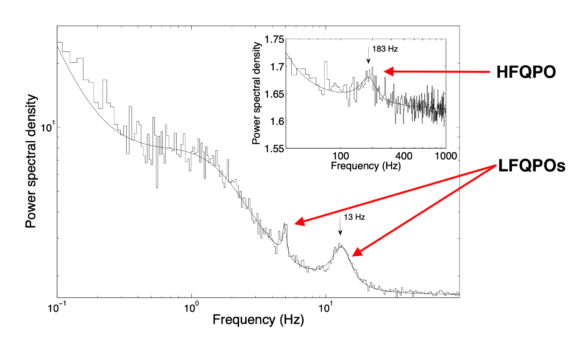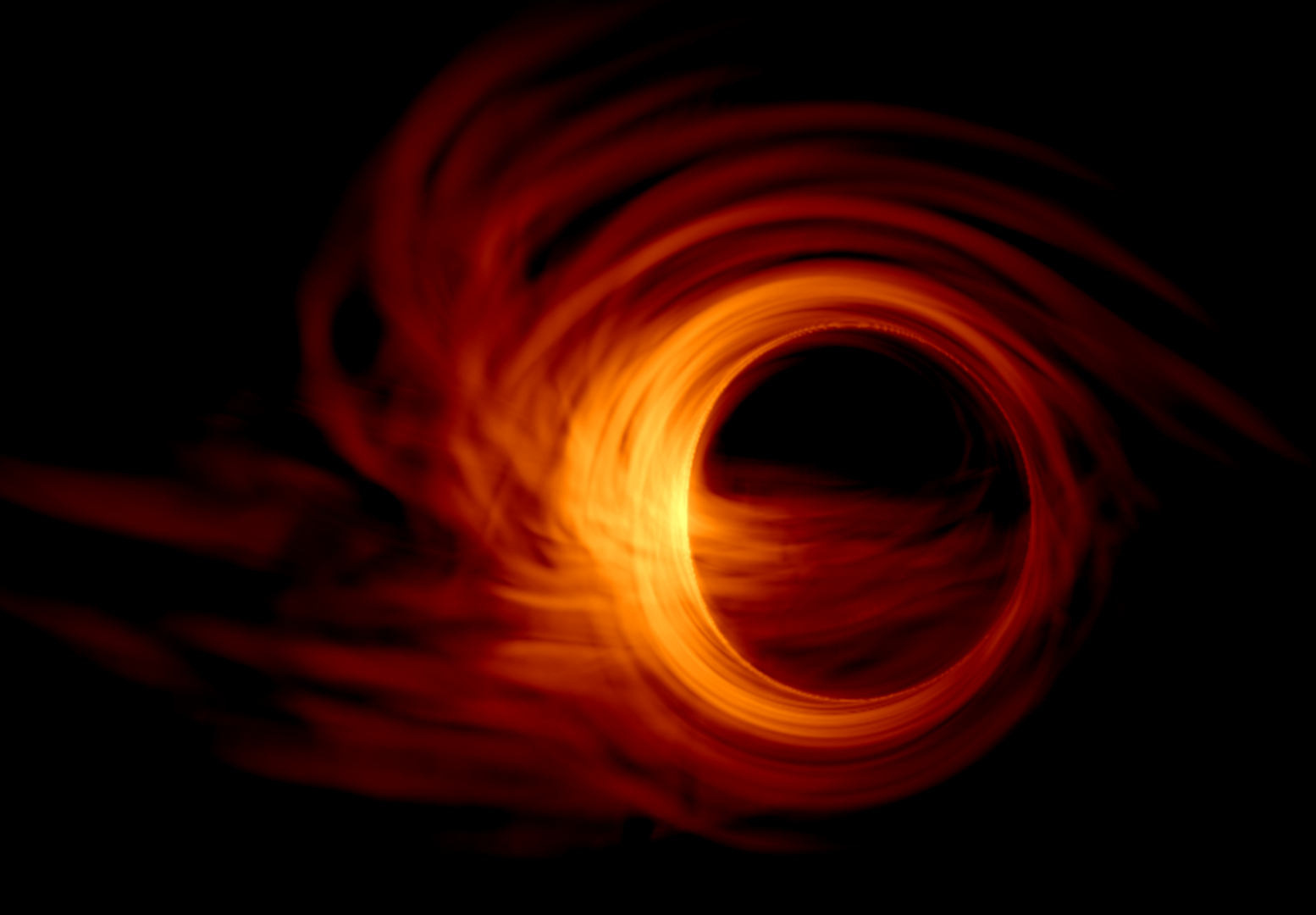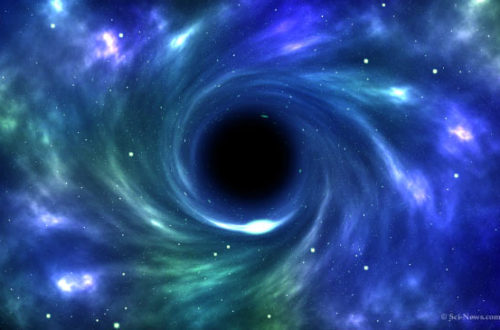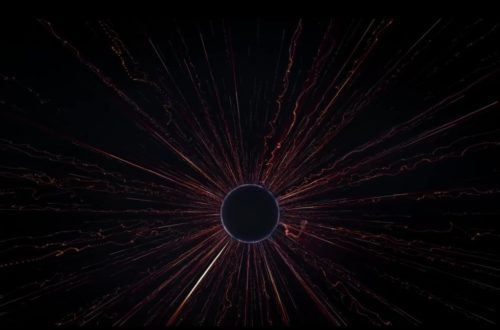Quasi-periodic oscillations appear to be a common characteristic of accreting systems and have been observed in black hole and neutron star X-ray binaries, alongside active galactic nuclei and even ultraluminous X-ray sources. The focus of this blog post is quasi-periodic oscillations in black hole X-ray binaries. Black hole X-ray binaries are comprised of a stellar mass black hole feeding on a nearby star. Material siphoned off the star by the black hole swirls around the black hole, forming an accretion disk that shines brightly at X-ray frequencies (see Figure 1). Not all of the material in the disk is consumed by the black hole- hydro-magnetic processes in the inner regions of the disk can also launch material away in the form of powerful, highly focused outflows called relativistic jets.
Quasi-periodic oscillations (QPOs) take the form of narrow peaks in the X-ray power density spectra of accreting systems, as shown in Figure 2 below. They are thought to be caused by processes occuring in the disk and/or base of the jet (see Figure 1). QPOs associated with black hole X-ray binaries can be categorised into two groups based on their frequency: Low frequency QPOs (LFQPOs) if their frequency is between 0.1 and 30 Hz and high frequency QPOs (HFQPOs) if they have a frequency above 30 Hz.

Black hole X-ray binaries (BHXRBs) cycle through different accretion states, each of which is characterised by different spectral and outflow properties. Unlike the supermassive black holes in active galactic nuclei, which transition through these states on timescales exceeding millions of years, BHXRBs transition between the different accretion states on timescales of months to years. Most of the time BHXRBs live in a dim, quiescent state. However, occasionally they transition into a state that is millions of times more luminous and launch powerful relativistic jets. The physics behind this luminous state alongside the transition to it are not well understood.
State transitions in BHXRBs are thought to be correlated with significant changes in the geometry of the accretion disk. Since BHXRBs transition between different accretion states on observable timescales, observations of QPOs can provide invaluable insight into the nature of the accretion flow.
LFQPOs can help us to distinguish between the different black hole accretion states as their properties (strength, width of the peak and frequency) are found to be tightly correlated with accretion state. Whilst there have been numerous observations of LFQPOs in black hole X-ray binaries, detections of HFQPOs are comparatively rare. The high sensitivity of the Rossi X-ray Timing Explorer (RXTE), launched in 1995, made it possible to detect HFQPOs. HFQPOs are of particular interest as they thought to be produced in the innermost region of the accretion disk. They therefore carry important information about the nature of the accretion disk, e.g. its geometry, very close to the black hole. What causes QPOs is still unknown, though numerous models have been proposed to explain the production of low and high frequency QPOs (e.g. Fragile et al. 2001, Nixon et al. 2012, Stella & Vietri 1998, Motta et al. 2014, Kato 2005 and references therein). These models typically associate the production of QPOs with geometric effects in the disk such as disk precession, tearing (see Figure 3), warping and oscillations or with orbital motions in the disk such as those attributed to disk inhomogeneities propagating close to the inner edge of the disk.
These models offer a way of inferring important properties of the accretion disk directly from the observations of HFQPOs, such as the spin and mass of the black hole alongside the dynamics of the innermost accretion flow. As they originate close to the black hole, HFQPOs also enable us to test general relativity in the strong field limit.
But which of these models is correct? In order to extract information about the accretion disk and black hole from HFQPOs we need to know which model(s) accurately describe their production. Modelling accretion flows around black holes using general relativistic magneto hydrodynamic (GRMHD) simulations (e.g. Figure 3) is playing a critical role in enabling us to uncover the mechanisms behind the production of both low and high frequency QPOs.




